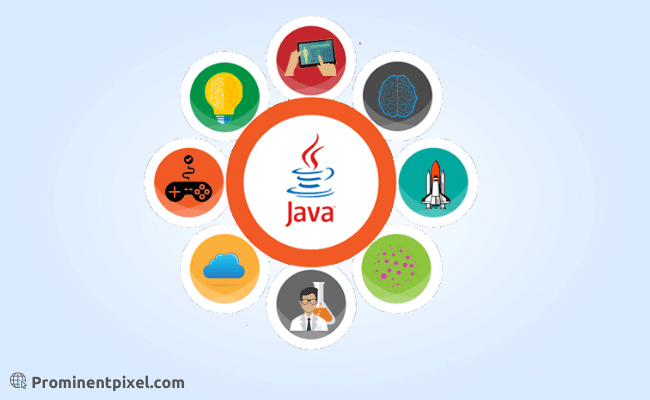Web applications are available all over the Internet. Numerous of these web programs process online forms, tabulate voting results, accept orders from customers in online businesses, enable users to book flights for upcoming business trips, or even display the user’s login name.
Which Java application development services and importable packages are required to build a web application? The solution is based on the type of application you’re creating and what it will do.
A web application is what?
Web applications, which run on multiple computers and communicate over a network or server, are by their very nature distributed apps.
Because a web browser is so simple to use as a user client, web applications may specifically be accessed using one.
Web apps are used for various things, including webmail, online shopping, message boards, blogs, and online banking. Millions of individuals can access and use a single web application.
Web apps, like desktop applications, are composed of various components and frequently include mini-programs, some of which have user interfaces, and others don’t even need a graphical user interface (GUI).
1) Java Servlet API
You can create HTTP-specific classes using the Java Servlet API. The capabilities of servers that servlet classes expand host applications that are accessed using a request-response programming style.
Servlets can react to any request, but they are frequently used to expand the functionality of web server-hosted applications.
A separate servlet could be used to write the data to a file or database instead of printing the text input from an online form to the screen in HTML format, for example.
Without its own application GUI or HTML user interface (UI), a servlet runs on the server side. Numerous online applications are made possible by Java Servlet extensions.
2) The use of JavaServer Pages
It offers a quick and easy method for producing dynamic content. It makes it easier to insert servlet code snippets into text-based documents.
JSP technology elements, which control how dynamic content is built by the page, contain static data expressed in text-based formats such as HTML, Wireless Markup Language (WML), or XML.
3) the Standard Tag Library for JavaServer Pages
It features tags for handling internalization, widely used functions, accessing databases with SQL, processing XML documents, and iterator and conditional tags for flow control.
4) The Challenges JavaServer Faces
It was developed so programmers could use it to make server-side user interfaces. The JavaServer API was created to consolidate all the tools and simplify application development.
This API’s main objective is to be adaptable and simple to use with existing UI and web-tier principles. This was established so developers would not be constrained by a particular markup language or client platform.
5) Message Service API for Java
A programming interface called Java Message Service API was developed so that application units built on the Java Platform Enterprise Edition could send, produce, receive, and read messages. In other words, it serves as a messaging channel for computer programs.
The Java Persistence API provides a way for an application to keep running while retrieving data from a reliable storage system.
Applications used by the company must access the required database. You can use these requirements to determine which Java programs should and shouldn’t be saved.
6) The JavaBeans Activation Framework and the JavaMail API
It is employed to communicate via email. Additionally, one can utilize the JavaBeans Activation Framework (JAF) API, which establishes the data type, encapsulates the access, and identifies the possible operations.
7) Java XML Processing API
It is an application interface with access, examination, and analysis capabilities for XML documents. The documents may also be altered in the future.
8) Java Naming and Directory Interface, version
It is a Java API for the directory service that enables name-based browsing and searching through the database.
Angular vs. AngularJS: Objects can be bound using this interface and can also be used to seek up or query items and track changes to those same objects.
Conclusion
J2EE Connector Architecture, Java Authentication and Authorization Service (JAAS), Java Architecture for XML Binding (JAXB), SOAP with Attachments API (SAAJ), Java API for XML Registries (JAXR), Java Transaction API (JTA), and others are Java application development services the other technologies used, depending on how complex the web application is.
Also Read: What are the benefits of java application development for business?




















